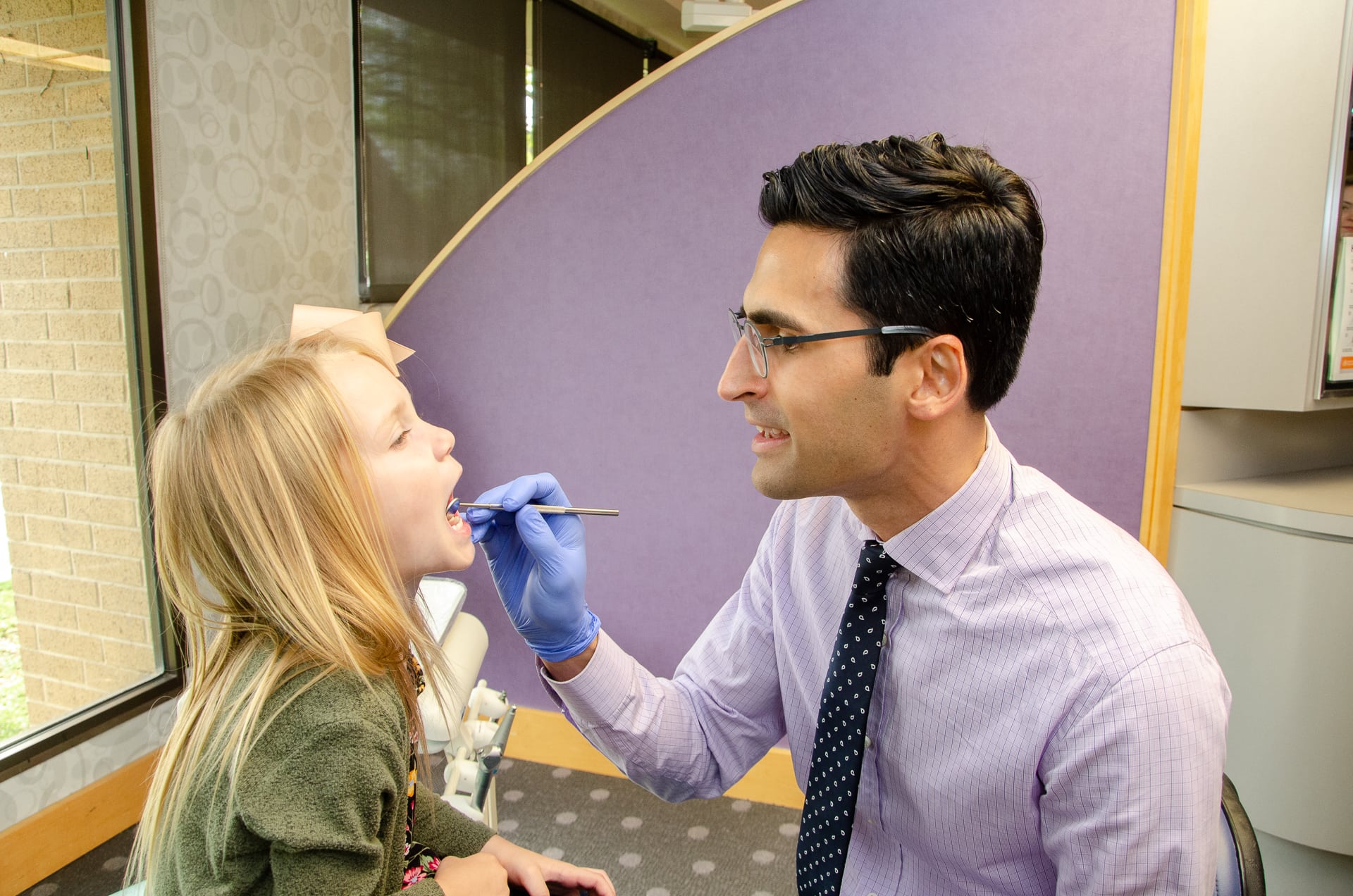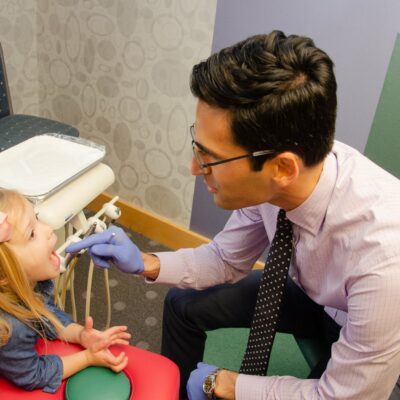Most everyone could say they have experienced a sore in or around their mouth that hurts. Dentists are doctors of the mouth and are the perfect resource to know how to help. Often a parent will come into our office saying that their child is complaining of a tooth bothering them, and when we pull the lips and cheeks out of the way to look at the tissues (especially in the creases) there is an ulcer rather than a tooth concern. So today I want to help you identify the two most common mouth sores and some ideas on how to manage them.
What are Cold Sores?
Cold Sores/Fever Blisters are caused by a virus and therefore are quite contagious. They are found most often on the outside of your lips (where lip balm is applied), corners of your mouth, your nose or your face around your lips. They are small fluid and virus-filled blisters that eventually scab and heal.
How to Stop a Cold Sore from Spreading
Sharing drinks, straws, eating utensils and kisses should be avoided to not transfer the virus to someone else. Even “picking” at them can cause the virus to spread to your own eyes or skin. Your dentist, primary physician or dermatologist can help with treatment for cold sores.
What Are Canker Sores?
Canker Sores (aphthous ulcers), sometimes referred to as ulcers, are found on the wet mouth tissues inside of lips, gums, cheeks or roof of mouth. To identify them further than their location, canker sores usually have a bullseye appearance with a flat, white center and a red ring around them.
Are Canker Sores Contagious?
Although canker sores are more common than cold sores, thankfully they are not contagious! More painful than cold sores, they typically last seven to 14 days during which you simply treat the discomfort. No research has figured out what causes canker sores; however, some people find they have triggers that bring them on. It can be stress, hormones, minor injuries from a toothbrush poking or braces rubbing on the tissue. Acidic fruit/veggies (oranges, strawberries, tomatoes), autoimmune disorders, vitamin (B12), and mineral deficiencies or even toothpaste with SLS (sodium lauryl sulfate, foaming agent) can contribute.
Canker sores are “opportunistic” in that when our resistance is low, i.e.: poor sleep, fast food, nutrition and stress, they can appear out of nowhere. (Think about high school/college students’ schedules). At any age, when the immune system is not at its best because of illness, an ulcer might appear.
How to Treat a Canker Sore:
So now that you understand the difference, how do you treat a cold sore or canker sore? Options to help manage the discomfort are in three different areas: professional, over the counter and home remedies.
Professional Options:
- A Low-Level Laser Therapy treatment for a few sessions has been known to accelerate the healing time and possibly prevent a sore from returning in that exact location.
- Dispensing an antioxidant gel to be applied several times a day can soothe the pain, shorten its duration and even tastes good.
Over the Counter (OTC):
- Many products in stores contain the ingredient Benzocaine, a numbing agent that can help with that painful feeling, especially when the mouth is active during talking or chewing. They are typically in ointment form; however, they’re strongly discouraged for any child age two or under.
- There are some products in liquid form that tend to sting a bit and have no Benzocaine. They will stun the nerves to temporarily stop discomfort (of course after the initial sting).
- Non-stinging choices are Canker X with aloe vera and Canker Cover, a tiny dot that is placed directly on the ulcer where it sticks on moist contact like its own Band-Aid.
Home Remedies for Canker Sores and Cold Sores:
- Eating yogurt rich in probiotics daily has been helpful for some, not only during an ulcer episode but also on a regular basis for prevention.
- Dabbing milk of magnesia with cotton onto the sore several times a day is known to help by eliminating acids in the mouth to increase healing.
- Make a baking soda paste with a bit of water and apply it directly to the ulcer using a Q-tip.
- A 50/50 mixture of water/hydrogen peroxide can be dabbed with cotton onto the ulcer.
Key Points
When you do have a mouth sore, it is best to avoid abrasive, salty, spicy or acidic foods for a few days as they can add to the irritation and discomfort.
Paying close attention to any recurring factors that are going on at the time you feel an ulcer begin can help you determine what to avoid as triggers in the future.
Keep your child well hydrated as they may feel like it hurts to take in food or drink when the ulcers are present. Encourage cool fluids and even popsicles as they will not only feel good but also hydrate at the same time.
Healthy Smile, Healthy Child
If you are unsure of what is going on within your child’s mouth or how to treat it, myKIDSdds doctors would be more than happy to help you. Also, if you see no healing or improvement of a mouth sore within two weeks, contact our dentists for advice. They can identify the sore and guide you for home care or customize a treatment plan for professional intervention to fit your child’s situation. We want to be your partner in navigating questions or concerns to find solutions toward total body health for your family!

We Are Honored to Be Your Trusted Dental Home
Check out the whitening kit products we offer with a wear time of just 30-60 minutes a day and whiter teeth in only 5-10 days. What better way to complete your total teeth makeover than with a brighter, whiter smile? Schedule an appointment in our office by calling now! Our team is looking forward to working with you and your child to provide excellent, metamorphic results. Don’t delay, a customized beautiful smile awaits!





















